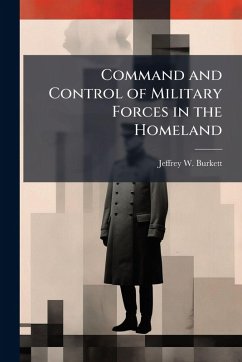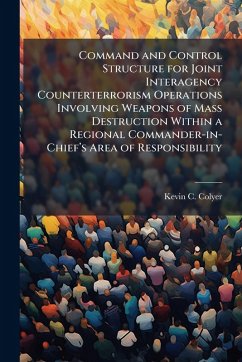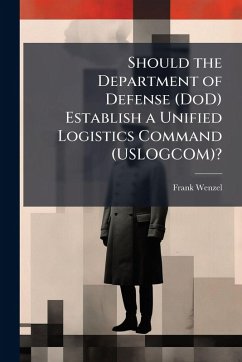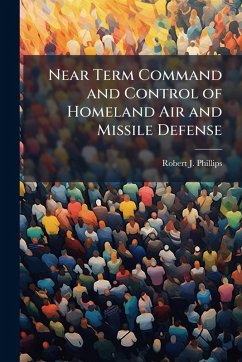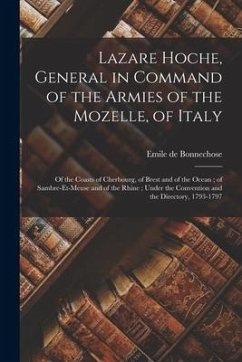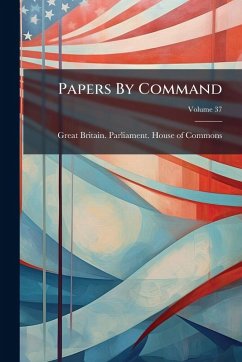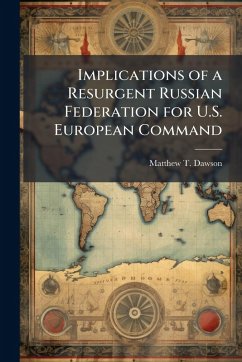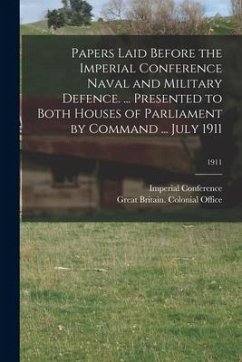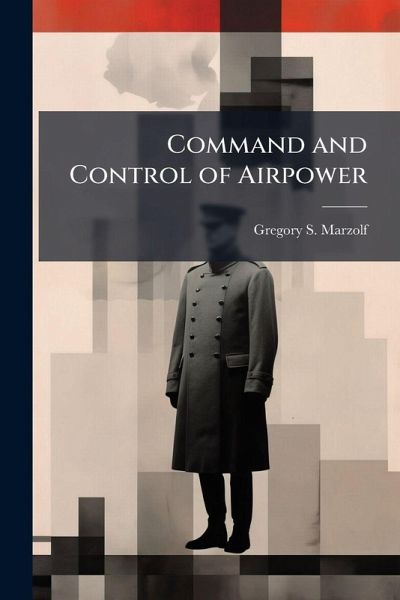
Command and Control of Airpower

PAYBACK Punkte
8 °P sammeln!
Recent experiences in Operations Iraqi Freedom and Enduring Freedom have highlighted the need for adaptable and tailorable airpower command and control (C2) systems that can better serve the joint force across the entire range of operations. Though the Air Force has done a good job adapting the existing C2 system to the task, at times using a variety of control frameworks, it has not yet looked at future C2 requirements holistically in order to create a "toolbox of capabilities" that avoids the need for poorly optimized piece-meal or work-around solutions. Simply stated, as battlefield dynamic...
Recent experiences in Operations Iraqi Freedom and Enduring Freedom have highlighted the need for adaptable and tailorable airpower command and control (C2) systems that can better serve the joint force across the entire range of operations. Though the Air Force has done a good job adapting the existing C2 system to the task, at times using a variety of control frameworks, it has not yet looked at future C2 requirements holistically in order to create a "toolbox of capabilities" that avoids the need for poorly optimized piece-meal or work-around solutions. Simply stated, as battlefield dynamics change and technology moves forward, air employment and its associated C2 systems must also change to remain relevant. The inattention has resulted in obsolete elements of the Theater Air Command System, Air Operations Centers funded at 50 percent (or less), poor command relationships, and an unwieldy C2 structure that is difficult to tailor for today's fight. This work has been selected by scholars as being culturally important, and is part of the knowledge base of civilization as we know it. This work was reproduced from the original artifact, and remains as true to the original work as possible. Therefore, you will see the original copyright references, library stamps (as most of these works have been housed in our most important libraries around the world), and other notations in the work. This work is in the public domain in the United States of America, and possibly other nations. Within the United States, you may freely copy and distribute this work, as no entity (individual or corporate) has a copyright on the body of the work. As a reproduction of a historical artifact, this work may contain missing or blurred pages, poor pictures, errant marks, etc. Scholars believe, and we concur, that this work is important enough to be preserved, reproduced, and made generally available to the public. We appreciate your support of the preservation process, and thank you for being an important part of keeping this knowledge alive and relevant.



